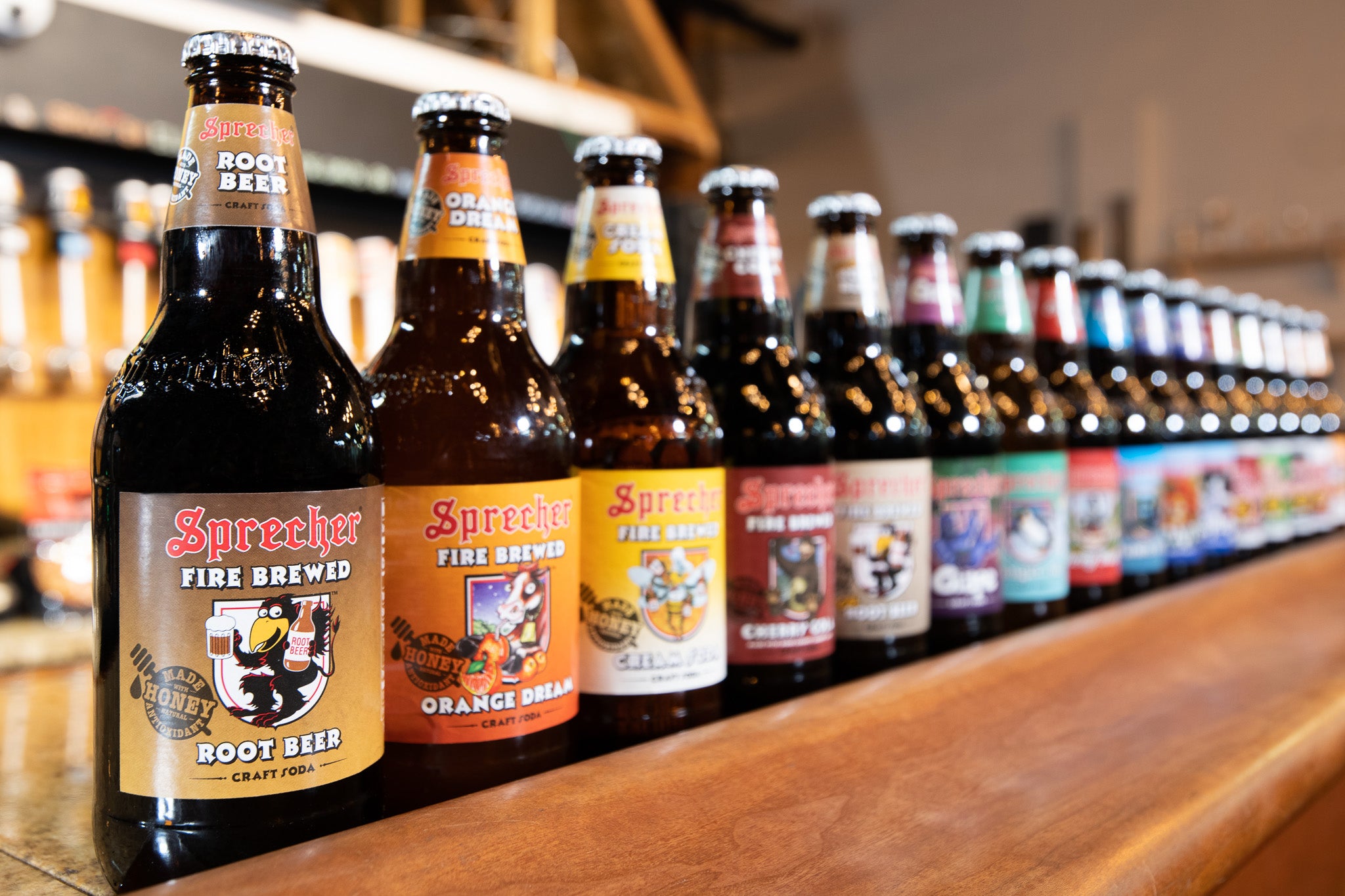Galveston Liquor: Your Guide to the Finest Spirits and More
Galveston Liquor: Your Guide to the Finest Spirits and More
Blog Article
The Ultimate Distillery Experience: From Grain to Glass, Everything You Required to Know
Starting a journey via the ins and outs of the distillery process unveils a globe where science fulfills creativity in the creation of spirits. From the mindful choice of grains to the meticulous crafting of each container, every action in the assembly line plays a critical function fit the end product that graces our glasses. As we explore the subtleties of distillation, taste, and aging accounts, a deeper admiration for the craftsmanship and devotion behind each sip emerges. Join us as we untangle the layers of expertise and enthusiasm that finish in the supreme distillery experience.
The Art of Grain Choice
Picking the perfect grains is an important step in the distillation process, establishing the flavor profile and high quality of the last item. The type of grain chosen substantially affects the personality of the spirit being produced - Seawall Bar. Common grains used in distillation include barley, wheat, rye, and corn, each conveying distinct flavors and qualities to the end product

Beyond taste considerations, the quality and pureness of the grains are critical. Distillers diligently resource grains to ensure they are devoid of impurities and possess the needed starch web content for fermentation. By mastering the art of grain selection, distillers lay the structure for developing extraordinary spirits that astound the palate.
Distillation Refine Demystified
Having developed the structure with careful grain option, the distillation process becomes the transformative stage where the essence of the selected grains is opened and refined into a spirited type. Purification is a methodical process that counts on the concept of dividing alcohol from a combination based on distinctions in steaming points. When the fermented mash is heated up in the still, the alcohol evaporates at a lower temperature than water and other compounds, enabling its extraction. As the alcohol vapors rise and pass via the still, they condense back right into fluid type, leading to a greater proof extract. This extract, additionally called the 'heart cut,' is the purest and finest portion of the purification run. Nonetheless, the procedure doesn't end there; multiple purification runs or extra steps such as aging in barrels might better fine-tune the spirit, improving its complexity, character, and taste. Comprehending the intricacies of the purification process is crucial for creating premium spirits that astound lovers and connoisseurs alike.
Barrel Aging and Taste Development
During the barrel aging process, spirits undertake a transformative trip as they communicate with the wood, soaking up nuanced tastes and creating an abundant complexity. The kind of wood utilized, typically oak, considerably affects the last preference of the spirit. Oak barrels are favored for their distinct homes that improve the taste account. As spirits age in the barrels, they remove substances such as vanillin, lignin, and tannins from the timber, adding to the development address of fragrances like vanilla, sugar, flavor, and also tips of toasted oak.
The porous nature of timber likewise makes it possible for the spirit to take a breath, helping with the assimilation of flavors over time. Depending on the period of aging and environmental conditions like temperature level and humidity, spirits can get different features, from subtle timber notes to deep, complex tastes that make each batch special.
Workmanship in Bottling and Labeling
As spirits reach their ideal taste profiles via barrel aging, the precise workmanship in classifying and bottling becomes the following critical action in presenting a premium item to consumers. The process of bottling and classifying is a critical aspect of the general distillery experience, as it is the last touchpoint before the product gets to the hands of customers (Distillery in Galveston). Craftsmanship in bottling includes making sure that each container is filled exactly with the spirit, taking right into account factors such as consistency in fill degrees and the avoidance of any impurities going into the container
Sampling and Valuing Great Spirits
To fully appreciate fine spirits, one need to involve all the detects in a calculated and conscious sampling experience. When sampling fine spirits, it is vital to begin by observing the spirit's look. Keep in mind the shade, quality, and thickness of the fluid in the glass. Swirl the spirit gently to release its aroma. The nose is an essential sense in tasting spirits; take a moment to inhale the complex scents deeply. Next, take a small sip and let it linger on your palate. Take note of the different tastes that unravel - from pleasant and fruity notes to spicy or great smoky touches. Think about the mouthfeel, noting if the spirit is smooth, velvety, or fiery. Swish the spirit in your mouth to fully experience its texture and preference. Ingest gradually and value the remaining finish. Fine spirits often leave a pleasant aftertaste that can disclose a lot more about the craftsmanship and top quality of the beverage. By engaging all your senses in this fashion, you can genuinely enjoy and appreciate the intricacies of fine spirits.
Verdict
In final thought, the distillery experience encompasses the detailed art of grain choice, the accurate purification process, the transformative barrel aging, the thorough workmanship in bottling and labeling, and the sophisticated technique of tasting and valuing fine spirits. Each action in the production process plays a crucial function in creating top notch spirits that captivate the detects and delight lovers worldwide.
The kind of grain chosen dramatically influences the personality of the spirit being produced. By grasping the art of grain option, distillers lay the foundation for producing remarkable spirits that mesmerize the you can find out more taste.

Report this page